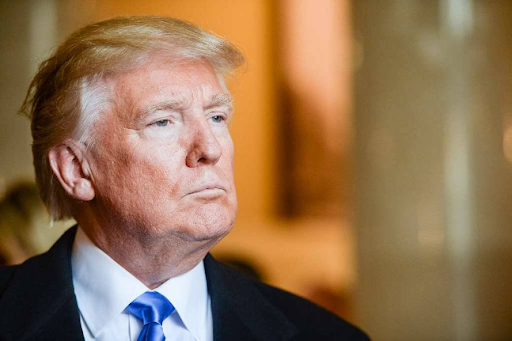As President Donald Trump travels to the Middle East, the monumental task of rebuilding Gaza looms large over diplomatic talks. With vast swaths of the territory reduced to rubble, his mission to secure a ceasefire is intrinsically linked to establishing a framework for reconstruction and averting a deeper humanitarian catastrophe for its 2 million residents.
The US-brokered deal contains critical provisions to address the immediate crisis. It mandates a surge in humanitarian aid and the reopening of five border crossings to allow food and essential supplies into areas facing famine. To facilitate this, Trump is establishing a US-led civil-military coordination center in Israel, which will involve around 200 US troops, partner nations, and NGOs.
Trump has publicly called on wealthy Gulf nations to finance the reconstruction, suggesting “it would take a small fraction of their wealth” to rebuild the devastated territory. His summit in Egypt with over 20 regional leaders will be a key forum to discuss the logistics and funding for what is expected to be a multi-year, multi-billion-dollar effort.
The success of any rebuilding plan, however, depends entirely on the durability of the peace. The unresolved issue of Gaza’s post-war governance and Israel’s insistence on disarming Hamas create significant uncertainty. International donors and private sector players will be hesitant to invest in reconstruction if the risk of a renewed conflict remains high.
Therefore, Trump’s diplomatic push is not just about silencing the guns but also about creating the political and security conditions necessary for Gaza to recover. His trip is a high-stakes effort to convince regional partners that a permanent ceasefire is the only path forward to restore hope and dignity to a population struggling in desperate conditions.

